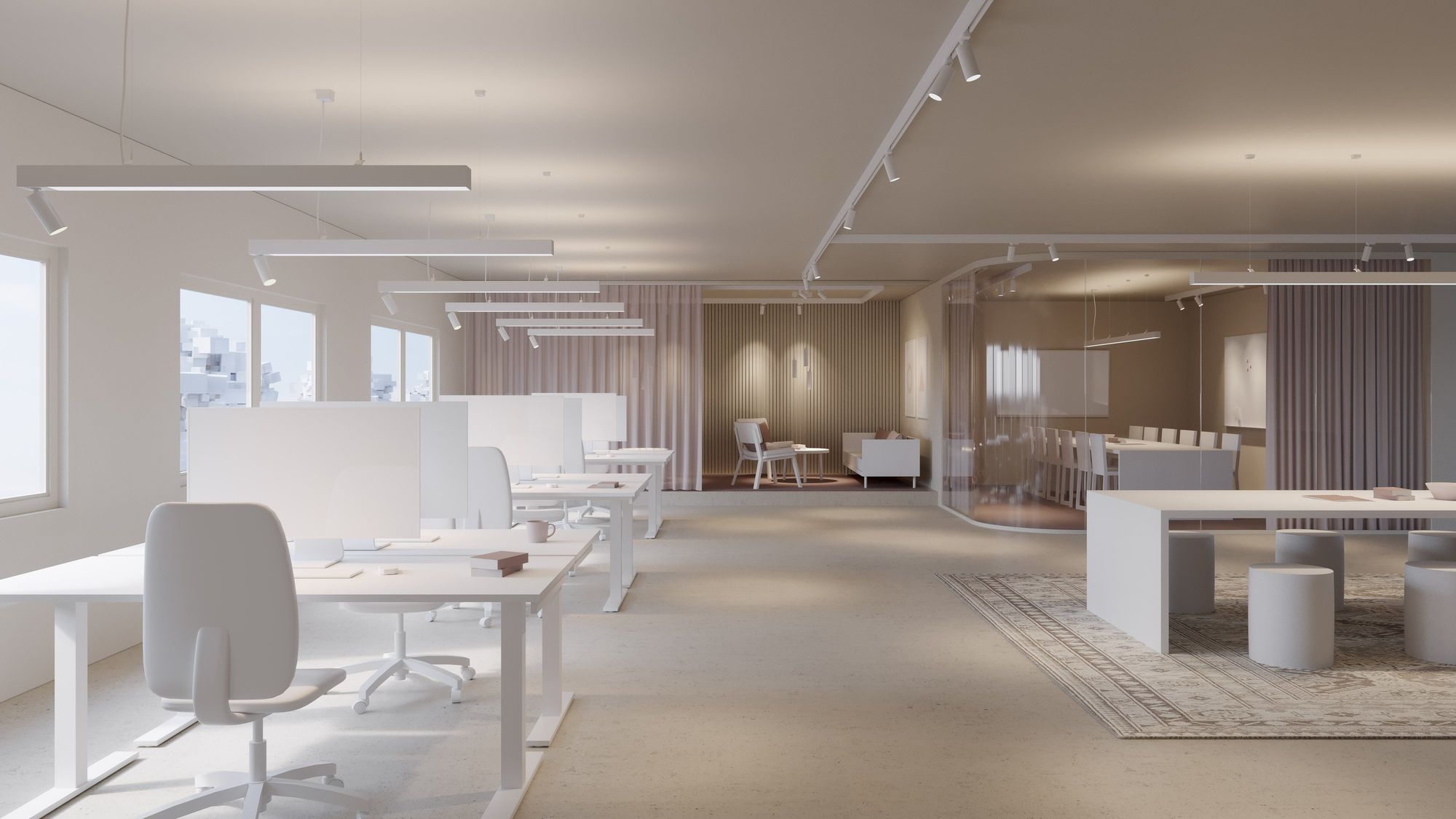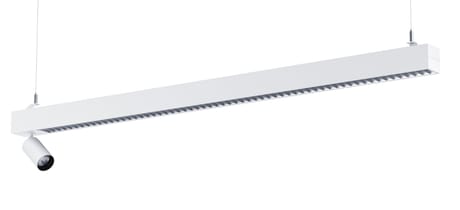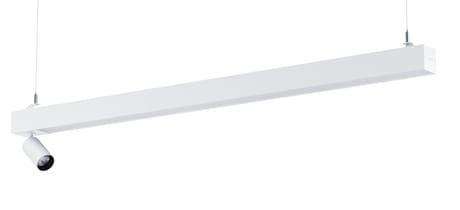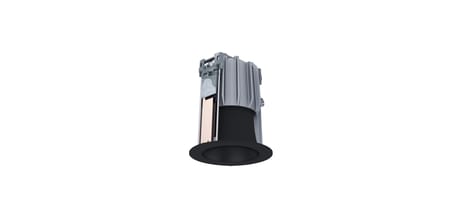Open-plan offices
An open-plan office demands flexible workplaces, where people should feel comfortable and be able to work together. The goal is for staff to enjoy their work and have the right conditions to perform regardless of task, age or location in the room.

Working individually and in groups
An open-plan office varies greatly depending on the activities conducted there. Often there are rows or sections of workplaces, which can be either personal or completely free for use by anyone when necessary. Other open-plan offices may also have other areas, perhaps smaller seating areas, high tables or hubs. The different zones in the room meet different needs, such as for smaller meetings, informal breaks or concentrated work.
Dynamics of open-plan offices
In open-plan offices there are various alternatives when it comes to the lighting solution, and it is the needs of staff and the organisation that determine what these may be. However, regardless of the choice of luminaires, the light level for workspaces must be at least 500 lx. Lighting outside of the working area must be adapted to the conditions that apply within the working area.
We recommend a suspended lighting solution over the surfaces used as workplaces. Suspended luminaires with a direct/indirect lighting provide a glare-free and comfortable working environment for the individual and improve conditions for concentration and focus. They also provide the opportunity for personalisation and control of the individual luminaire.
1. Suspended solution with direct/indirect light that creates well-composed ambient lighting.
We can also offer solutions that mimic the natural dynamics of outdoor light. By combining a spotlight with a suspended luminaire, the lighting solution gives more variety to an otherwise rather static environment. Together, different light temperatures produce shifts that mimic the sky, and contribute to increasing the perceived well-being at the workplace. Textures, shadows and contrasts appear more clearly, creating a clearer spatial effect.
2. Solution with combined spotlight and suspended luminaires where textures, shadows and contrasts are clearly apparent.
Ambient lighting enhances the daylight feel
In an open-plan office, not everyone can sit at a window. To give people a sense of daylight and space, we therefore recommend well-composed ambient lighting. Studies show that this increases the well-being of those in the room. This can be achieved with spotlights or wallwashers with 250–300 lx along the walls. Luminaires with direct/indirect lighting also provide a well-illuminated ceiling that contributes to the right ratio between luminaire and ceiling. Ambient lighting contributes to stimulating awareness and well-being, and is one way of accentuating the feeling of space in an open-plan office.
Adjust to your preferences
With suspended luminaires, it is easy to adjust the lighting at each location, using luminaire controls. Fagerhult's office solutions are all available with built-in sensors from Organic Response, which can be easily adjusted with, for example, an app.
Light planning according to Human Centric Lighting
Human Centric Lighting comprises lighting solutions that meet people’s visual, biological and emotional light needs by means of a combination of daylight and electric lighting. With lighting that supports the human circadian rhythm, it is possible to create work environments that help people both to sleep and feel better, as well as to be more productive. This is achieved, in part, through a combination of different levels of light intensity as well as different colour temperatures. To get the right dose of light, we can either opt for a large amount of light for a short period of time or less light for a longer period, ranging from 30 minutes to 3 hours. Here at Fagerhult, we recommend starting the day with 250 melanopic lux for 2 hours.
Lighting with a biological impact on our circadian rhythm can be planned within the framework of all lighting projects using the factor Melanopic Ratio, which we present for all our luminaires.
Recommended lighting in the morning 6000 K, at noon 4000 K and in the afternoon, 3000 K.





